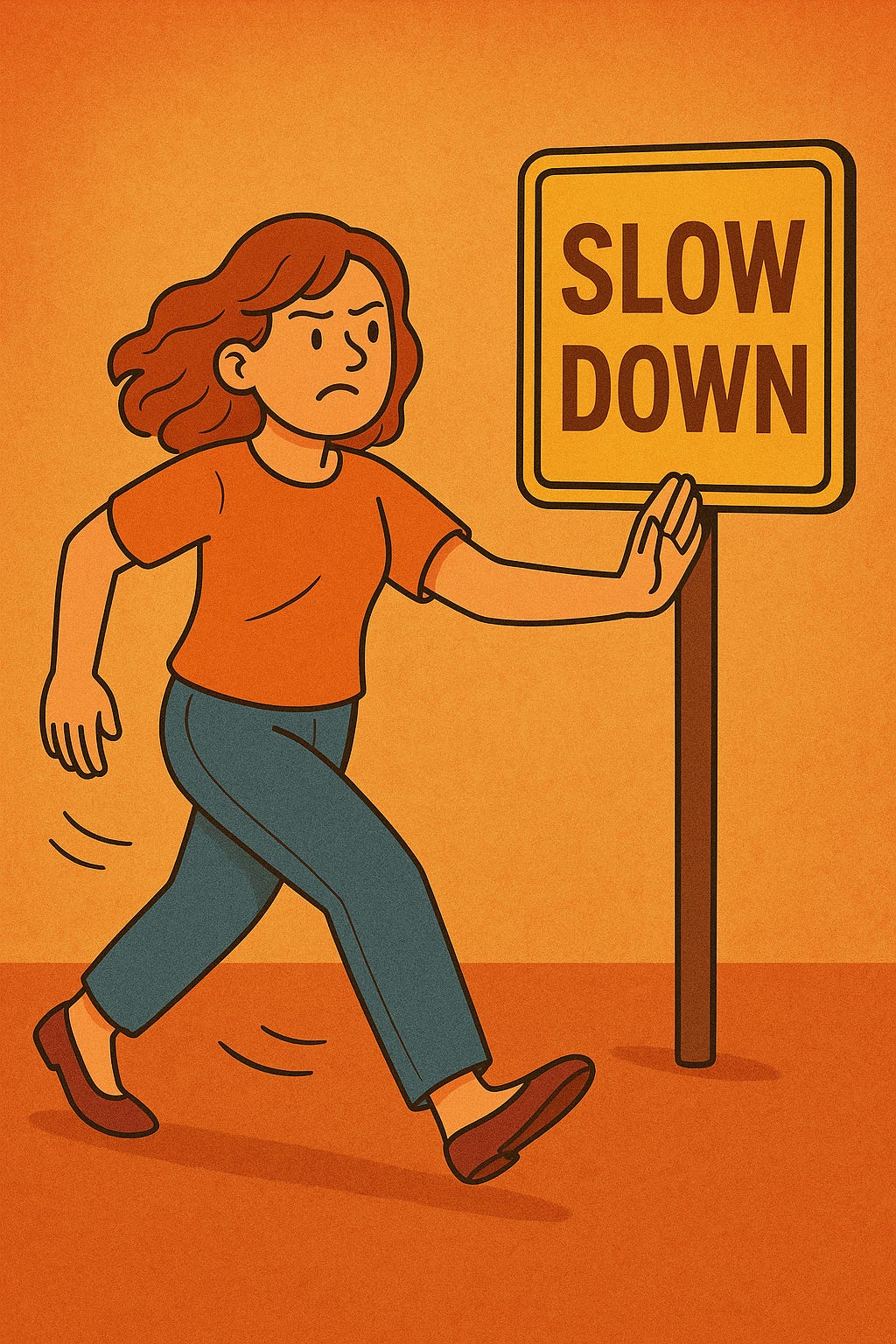🧠 Why Am I So Clumsy? ADHD, Movement, and the Brain-Body Disconnect
By Carmen | Authentically ADHD
If you’ve ever stubbed your toe on the same coffee table twice in one day, or dropped your phone while holding it securely, you’re not broken. You’re just living that good ol’ ADHD brain-body disconnection life. Welcome to the Clumsy Club—where neurodivergence meets gravity in the least graceful way possible.
But why are we so clumsy? And more importantly—what can we do about it?
Let’s unpack it. 🧃🔍
⚠️ First Off: You’re Not "Careless"
This needs to be said louder for the inner critic in the back:
Clumsiness is not a character flaw. It’s a neurological thing. There’s a mix of brain wiring, motor coordination, and sensory processing involved—and research backs it up.
ADHD doesn’t just mess with focus and time. It affects how your brain processes movement, space, and body awareness.
🧠 7 Brain-Based Reasons People with ADHD Are Clumsy
1. Executive Dysfunction = Movement Mismanagement
Your brain handles motor tasks using executive functions—aka the internal project manager that sequences, organizes, and times your movements. In ADHD, this manager is… out to lunch. 🥪
That means everyday tasks like walking through a room or pouring water can go hilariously sideways.
2. Poor Proprioception (aka Body GPS Glitches)
Ever feel like your arms are longer than you remembered?
Proprioception is the brain’s sense of where your body is in space. With ADHD, this system may be underdeveloped or overwhelmed—leading to bumping into things, misjudging doorways, or knocking drinks off tables that you swear were out of reach.
3. Delayed Reaction Times
Research shows people with ADHD have slower or less precise motor responses. That half-second lag can mean missing a step, fumbling a catch, or walking into someone mid-turn. Think: buffering… but in real life.
4. Sensory Overload = Short-Circuit
Too much noise, light, or activity? Your ADHD brain might go into freeze mode. When your senses are overloaded, your brain struggles to process incoming movement cues—so yes, you absolutely can trip over nothing.
5. Mental Distraction = Physical Disconnect
Multitasking in your head? Same. ADHDers often live in a world of internal tabs—planning, worrying, daydreaming—all while trying to function in 3D space. That’s how your foot meets chair leg with full emotional force.
6. Poor Fine Motor Skills
Tying shoes, buttoning shirts, or even handwriting can feel awkward for many ADHDers. These struggles often extend to overall motor coordination. (This is also why you probably hated sports or gym class. No, it wasn’t just you.)
7. Impulsivity = Rushing Without Checking
Your brain says “go!” before it says “wait, maybe look where you’re going first.” Impulsive, fast movements (especially when multitasking) make us more accident-prone. ADHD brains love speed—precision, not so much.
💡 What You Can Do About ADHD Clumsiness
Okay, so you’re not doomed to a life of bruised shins and spilled coffee. There are strategies that help.
✅ 1. Slow It All Down—On Purpose
Impulse control is hard, but building in 3-second pauses before moving helps. Practice saying internally:
“Pause, check, then move.”
It rewires that automatic go-go-go response and lowers your crash rate significantly.
✅ 2. Use Visual + Spatial Anchors
Put tape or tactile markers on edges of desks or counters. Use visual cues like contrasting rugs or bright tape on stair edges. ADHD brains respond well to bold environmental signals that say: “Heads up! Obstacle incoming!”
✅ 3. Try Proprioceptive Activities
Strength-building, balance work, yoga, climbing, or swimming can literally help train your brain to map your body more clearly. It’s like giving your proprioception a software upgrade.
✅ 4. Practice Mindful Movement
Mindful walking, Tai Chi, or even dancing slowly in the kitchen to music can reconnect you to your body. Don’t think of it as “exercise”—think of it as brain-body syncing time.
✅ 5. Declutter Your Movement Zones
ADHD brains already have a lot going on. Clearing pathways (no piles near your bed or chair), putting breakables out of direct line of fire, and simplifying your spaces makes moving through your world easier—and less injury-prone.
🛠️ Bonus Hack: ADHD-Friendly “Clumsy Kit”
Keep these in an easily accessible spot:
Ice pack (preferably the cute kind)
Instant bandages (because paper cuts count too)
Fidget or stress toy (to regulate when you get frustrated by accidents)
A sense of humor (mandatory)
💬 Final Thoughts: You’re Not Broken, Just Wired Differently
ADHD clumsiness isn’t just about being “ditzy” or “unaware.” It’s how your brain processes motion, attention, and sensory data. The world is built for neurotypical motor control—but that doesn’t mean we can’t adapt and thrive in our own messy, genius, bruised-knee kind of way.
So the next time you walk into a wall? Give yourself a smirk, maybe a stretch, and whisper:
“Just making sure it was still there.” 😌
👟 Did this post resonate with your chaotic coordination struggles?
Share it, comment with your most iconic clumsy moment, or forward it to a friend who thinks their bruises are just “bad luck.”
We know better. 😉
— Carmen
Authentically ADHD






